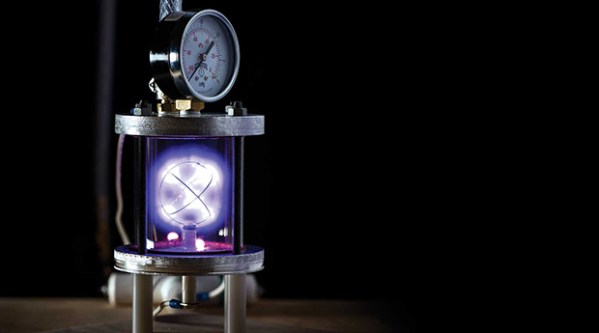
The University of Kent has their own hacker space, called [Maker Society]. Every year the school holds an orientation for new students called the Fresher’s Faire. The [Maker Society] display at this year’s Fresher’s Faire included a group of partially clothed Furbies singing the classic Bohemian Rhapsody by Queen. This isn’t our first run in with Bohemian Rhapsody and hacked hardware.
The [Maker Society] started by doing some internet research and reverse engineering a first generation Furby. The Furby itself is a marvel of cost reduction. All the doll’s functions run from a single motor and a cam system. A limit switch tells the on-board microcontroller when the cam is at the zero position. An optical encoder keeps track of the cam as it moves. The [Society] replaced Furby’s internal microcontroller with an Atmel ATMega328. This allowed them to use the Arduino programming environment.
Many classic Animatronic systems use an audio recording for motion. Typically a stereo recorder would perform double duty. The first track would contain the audio for the animation. A second track would contain audio tones corresponding to movement of each of the degrees of freedom of the doll being animated. Because the two tracks were on the same strip of magnetic tape, the audio and movement would always be in sync. Multitrack tape record and playback systems added even more flexibility to this type of system.
















